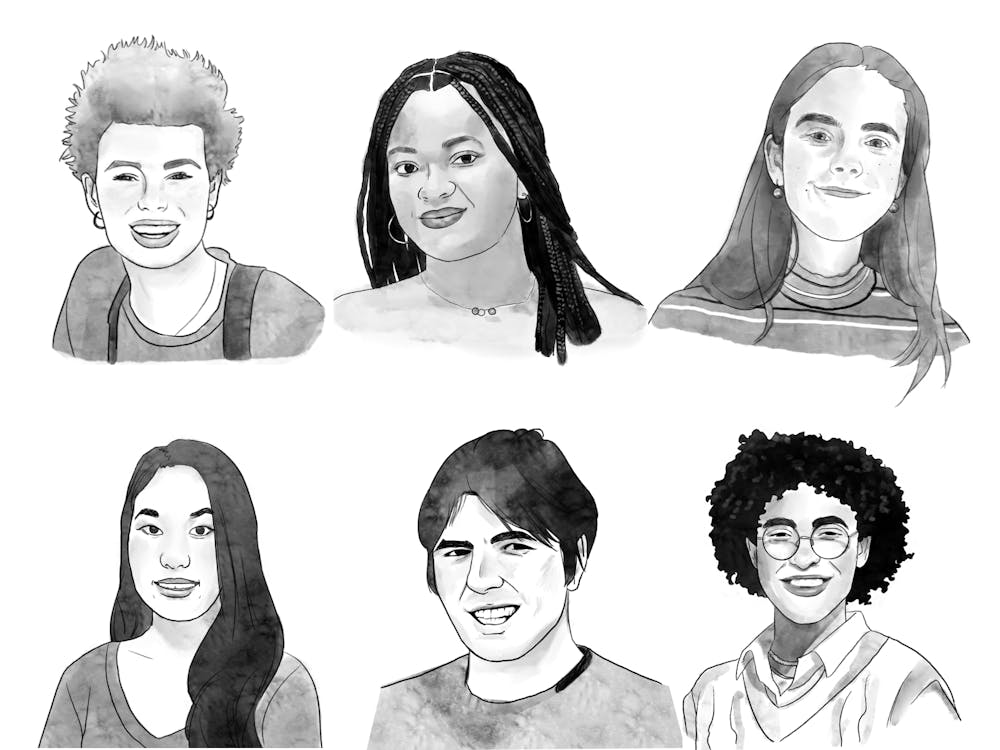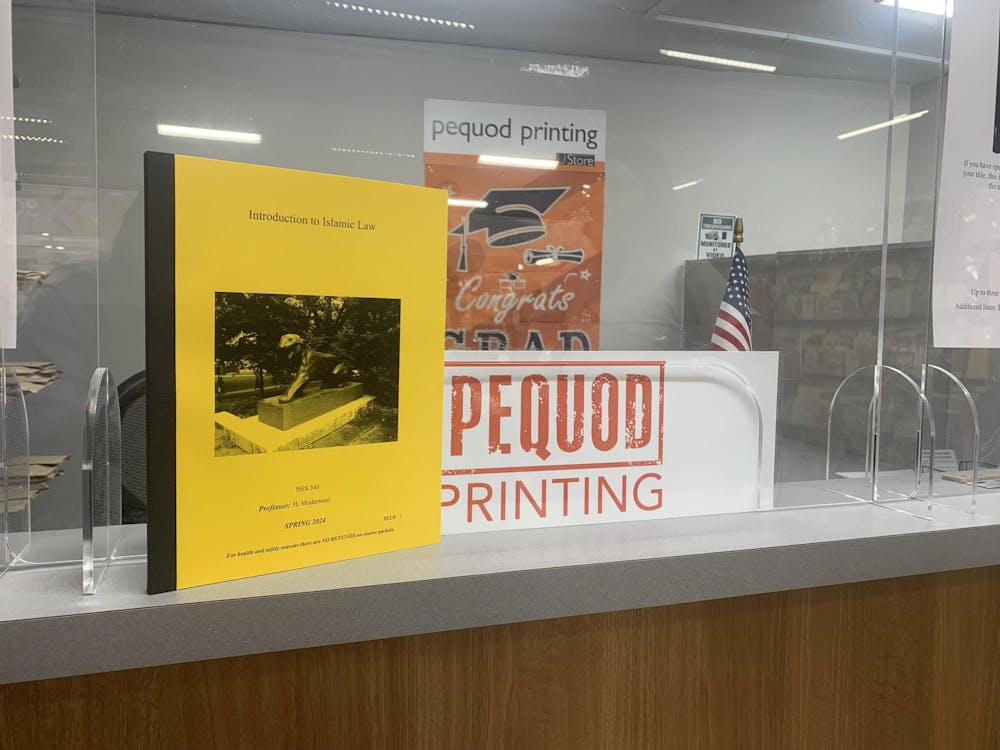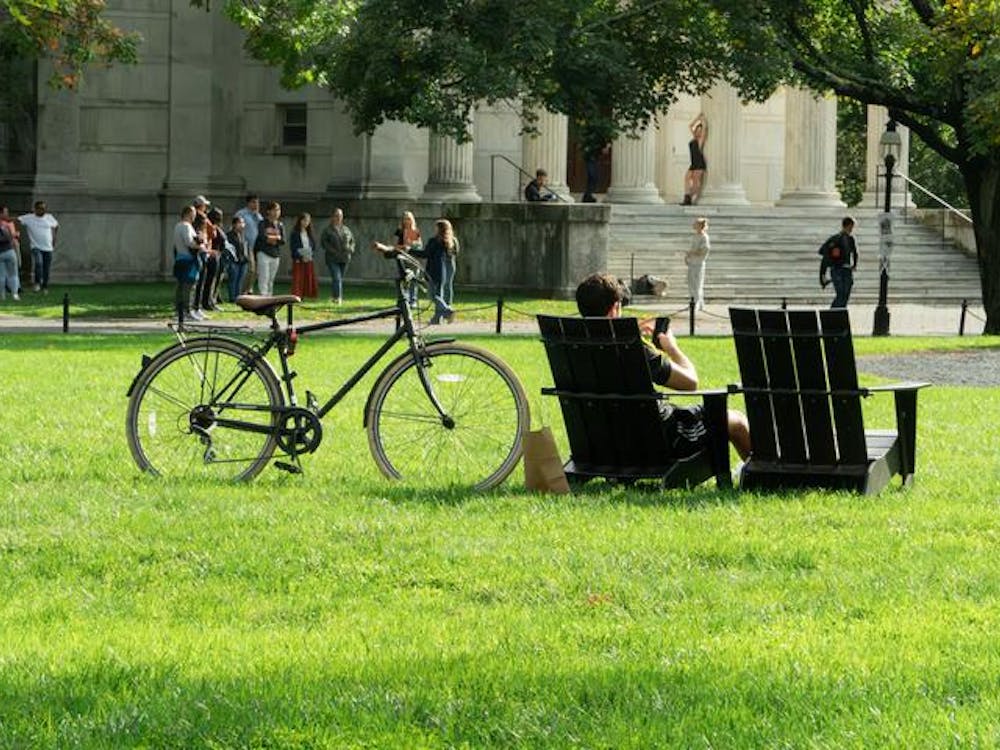On Jan. 1, I was two blocks away the day Nasha’at Melhem left a convenience store with a submachine gun and opened fire on a Tel Aviv bar. You may have heard about this terrorist attack on TV, as many outlets covered the shooting and the subsequent eight-day manhunt. But many more and frighteningly frequent terror threats that Israelis face — jeopardizing our friends, family and even Princeton community members — remain conspicuously absent from public attention. Since Intersession ended, there have been four separate terrorist attacks against Israelis, and 183 attacks since September.
These attacks are part of a larger wave of terror that has rocked Israel since fall of last year. This wave, horrifying as it is, pales in comparison to the Second Intifada, a prolonged, coordinated campaign of suicide bombings, shootings and lynchings targeting innocent civilians, which has left over 1,100 Israelis dead — overwhelmingly civilians — between 2000 and 2005.
Why did the violence stop in 2005? As with most questions about the Israeli-Palestinian conflict, the answer requires nuance and context. One undeniable reason for the tapering death toll as the Intifada continued was the construction of a security fence, the first part of which was completed in 2003.
Between 2000 and 2003, terrorists carried out 73 suicide bombings against Israeli civilians. In the three years after the fence was built in response, the number of bombings fell to 12. This barrier, built roughly along the 1949 truce line between Israel and Jordan (with consideration for existing communities), is 96-percent chain-link fence with concrete only where sniper fire targets Israeli civilians. Regrettably, the barrier imposes unfortunate constraints on movement for Palestinians, and the Israeli Supreme Court has repeatedly ordered the barrier moved where it separated villages and families. Although the Intifada ended in 2005, the recent wave of attacks demonstrates that the context and rationale which predicated the barrier’s construction are unfortunately still relevant.
Princeton students don’t protest TSA checkpoints at Newark Airport when flying home for winter break, even though the last hijacking in the United States was 9/11. We understand, begrudgingly, that these delays and frustrations keep us safe. Why, then, for Israelis who live with much more frequent risk of terrorist attacks, do University students choose to protest a similar security initiative? And why, furthermore, do they strip the structure they are protesting from the context of daily terror attacks Israelis faced in the Second Intifada and beyond?
We agree: the wall must fall. Because we know the wall will fall once Israelis and Palestinians can trust each other enough to live side-by-side without the haunting specter of a third Intifada. And while we should all work toward a world without terror, discrimination, conflict and barriers, we clearly don’t live in one today.
How do we get there?
We need a generation of leadership based on trust, understanding and coexistence. No government — Israeli, American or otherwise — would dismantle a security fence without the confidence that doing so would not leave its citizens vulnerable to attack. I look forward to a day when I can greet Palestinian friends in Israel, without the hassle of a security barrier, and safely visit them in the West Bank.
Despite the difficult reality, I choose not to respond by presenting an opposing but similarly slanted and deceiving polemic. I believe the Israeli government can do more on its part — on settlement policy, farming and water access and economic development in the West Bank — to nurture conditions for peace. And the Second Intifada, whose violence the security barrier was built to stop, also claimed the lives of around 4,000 Palestinians, further stressing the need for a peaceful solution. Ultimately, there will be no solution to the conflict so long as those invested in it continue to perpetuate one-sided, misleading narratives. There will be no solution so long as Israel and its millions of Jews, Christians and Muslims living anywhere between “the end of the land and the end of the sea” (as written on the art piece on prominent display on the Frist north lawn) are disregarded. There will be no solution so long as the legacy of the South African struggle against apartheid is hatefully and fraudulently appropriated to target Israel. There will be no solution so long as speakers that the Princeton Committee on Palestine brings to campus tell victims of anti-Israel terrorism to “stop whining.”
We, Tigers For Israel, remain committed to building a better discourse around the Israeli-Palestinian conflict. Misleading demonstrations like the PCP’s libelous walls and incendiary rhetoric do not bring us closer to the a day when Palestinians and Israelis can freely and safely coexist in their respective states. They push Israelis and Palestinians (and those on campus advocating for a peaceful solution) further apart. TFI continues — and is redoubling — our efforts to develop trust between Israelis and Palestinians on a personal level to bring them closer together. This semester, we are expanding our partnerships with organizations that promote coexistence and collaboration on development for Israelis and Palestinians. While PCP builds walls on the Frist lawn that physically and emotionally divide campus, TFI is building bridges between Israelis, Palestinians and all people seeking a lasting, peaceful, negotiated two-state solution.
All of this raises the question: will PCP do their part to support a two-state solution that establishes a free, democratic Palestine living in mutual recognition, security, and prosperity with the Jewish and democratic State of Israel?
Eli Schechner '18 can be reached at elis@princeton.edu.







